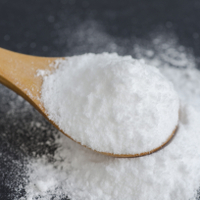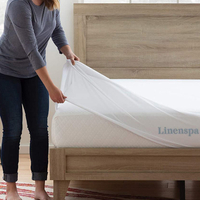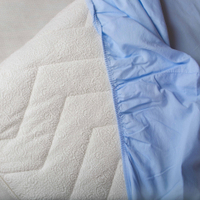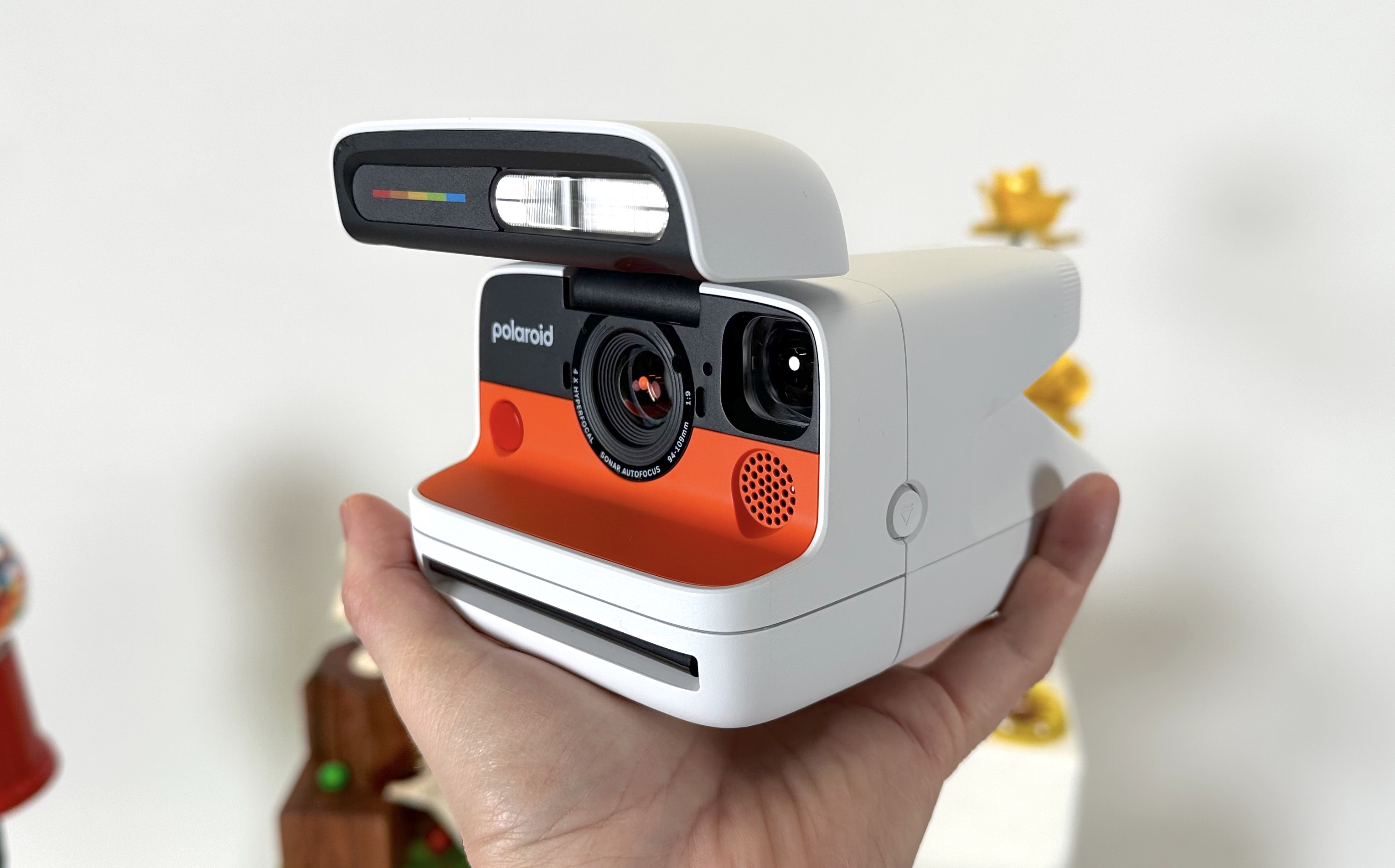How to clean a mattress and remove stubborn stains
You can quickly and easily clean your mattress with just a few household items
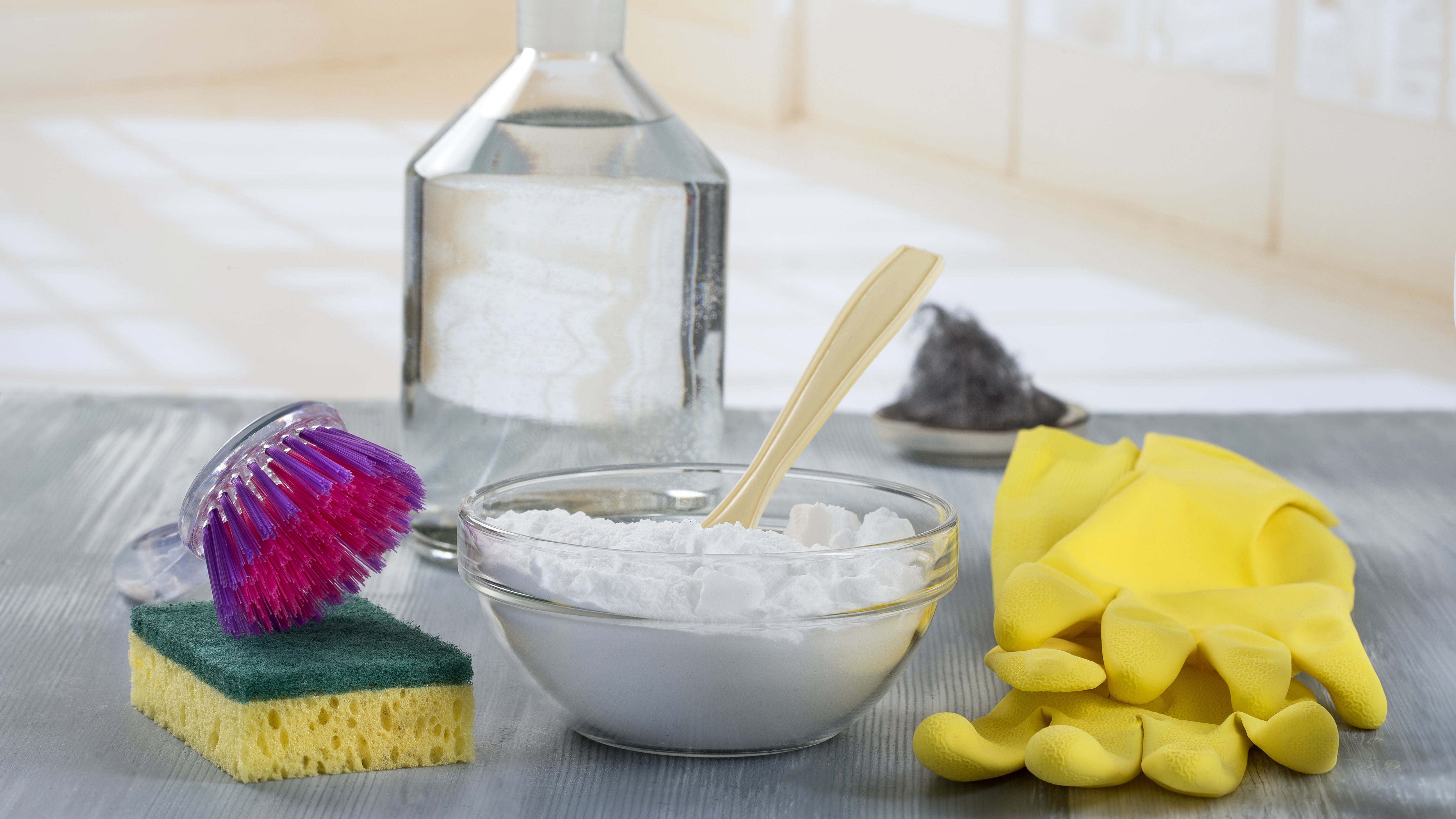
Your mattress isn’t just a place for you to rest, it plays a huge part in your sleep quality and overall health.
But if you want to ensure a hygienic sleep environment plus get the most out of your investment by extending your mattress's lifespan, mattress maintenance is essential. The good news is that keeping your mattress clean doesn’t have to be complicated.
In this comprehensive guide, we will show you exactly how to clean and maintain your mattress properly. From routine care to banishing bed bugs through to tackling tough stains caused by blood, urine, sweat and vomit, you’ll learn professional tips and techniques that will help keep your mattress in pristine condition.
Even the best mattresses need some upkeep to ensure they continue providing the comfort and support they should. So let’s take a look at how you can clean your mattress and rid it of stubborn stains.
How to clean your mattress: deep clean
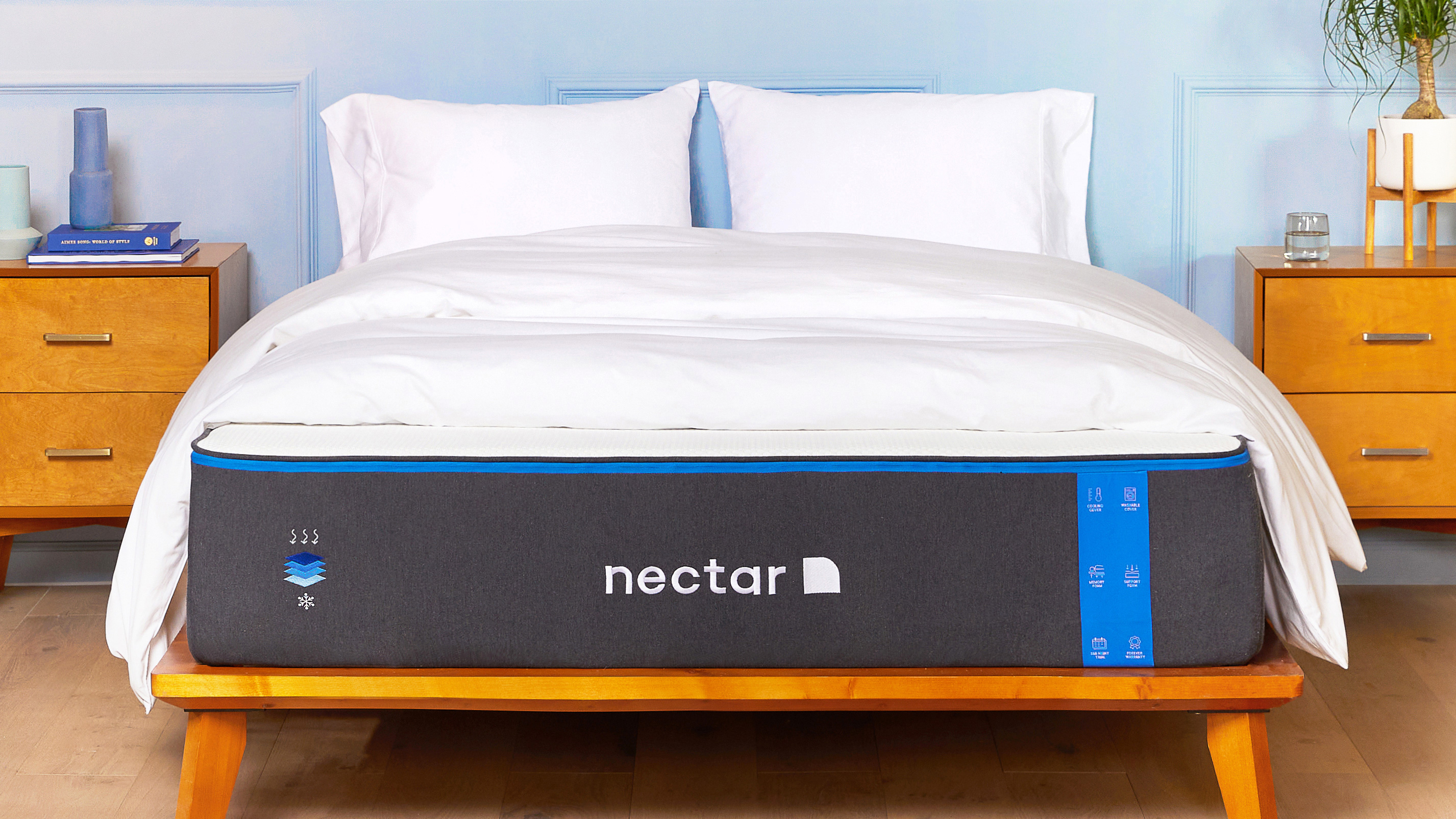
It's a good idea to clean your mattress every six months or so, even if you haven't spilt anything recently. Most people spend seven-plus hours sleeping on their mattress each night, and during that time, dust, dirt and dead skin cells quickly build up — as do dust mites, which eat your dead skin.
You're also likely to get marks from body oil over time, and if you don't clean your mattress regularly, it may begin to smell too. Some mattresses can even develop mold, so it pays to learn how to spot mattress mold and deal with it fast.
Vacuum cleaner
Spot cleaner as required
Baking soda
This guide will walk you through everything you need to know, but there are a few things that remain the same regardless of what you’re trying to clean. First of all, always check the care label for your mattress before undertaking any of the tips you see on this page. Some manufacturers may recommend you take different actions depending on your bed.
Sign up to get the BEST of Tom's Guide direct to your inbox.
Get instant access to breaking news, the hottest reviews, great deals and helpful tips.
Also, make sure you’re following the right tips for your bed type, for example, if you have one of the best memory foam mattresses, you should never get it wet or apply heat — that means steam cleaning your memory foam mattress is out. However, if one of the best hybrid mattresses sits in your bedroom, you have a little more flexibility in the way that you clean it.
Luckily, giving your mattress a routine clean is cheap and easy. All you need is a vacuum cleaner (with attachments), as well as some common ingredients you’ll likely find in your kitchen or bathroom cabinets. Here's what you need to do.
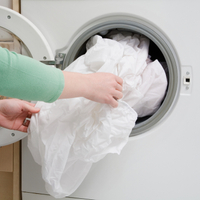
1. Strip the bed
Remove all the bedding from your mattress - sheets, pillow cases and any protectors - and put them into the washing machine while you clean the mattress.
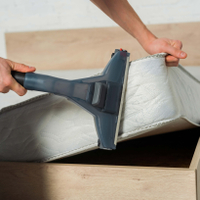
2. Vacuum the mattress
Vacuum the top and sides of your mattress in narrow, overlapping paths. Use the upholstery attachment, if you have one, for the bulk of the mattress, and the crevice attachment for the seams and edges where there's often hidden dust. Don't press too hard, otherwise you'll make the suction less efficient.
3. Deodorize with baking soda
If there are old stains to be treated, jump to the stubborn stains section. If not, sprinkle a layer of baking soda over the top of your mattress and let it sit for a few hours - the longer the better. Baking soda is a fantastic deodorizer and will absorb any odors by drawing them out of your mattress.
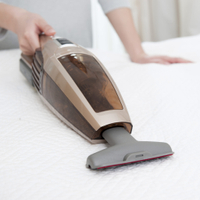
4. Vacuum off the baking soda
Now vacuum the baking soda off the mattress. Use the same techniques as above, vacuuming in narrow, overlapping paths, and paying extra attention to the seams and edges.
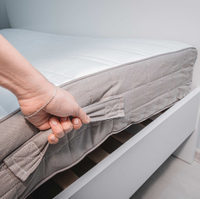
5. Flip and repeat
Once you've cleaned one side of the mattress, repeat the same process on the other side. This will make sure your mattress is as fresh as possible.
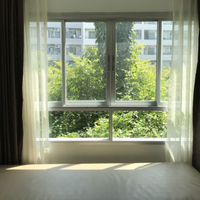
6. Place the mattress in the sun
The UV in sunlight helps to kill mold and bacteria, so if possible, position the mattress in the sun under an open window to air it out once you've finished. (Alternatively you could put the mattress outside for a few hours, if that's convenient.)
7. Add a mattress protector
When you've finished cleaning the mattress, cover it with a protector before putting the sheets back on. This will keep your bed fresher for longer and make it easier to clean next time. If you don't have one, see our best mattress protector guide.
8. Use fitted sheets
Another good way to help keep your mattress clean is to use fitted sheets. As long as you wash the sheets regularly, they'll keep dust away, which will discourage dust mites. You'll find plenty of recommendations in our bedding sales article.
If you've ever wondered why has my pillow turned yellow, you should check out how to wash a pillow and how often should you change your bedsheets.
How to clean your mattress: recent spills
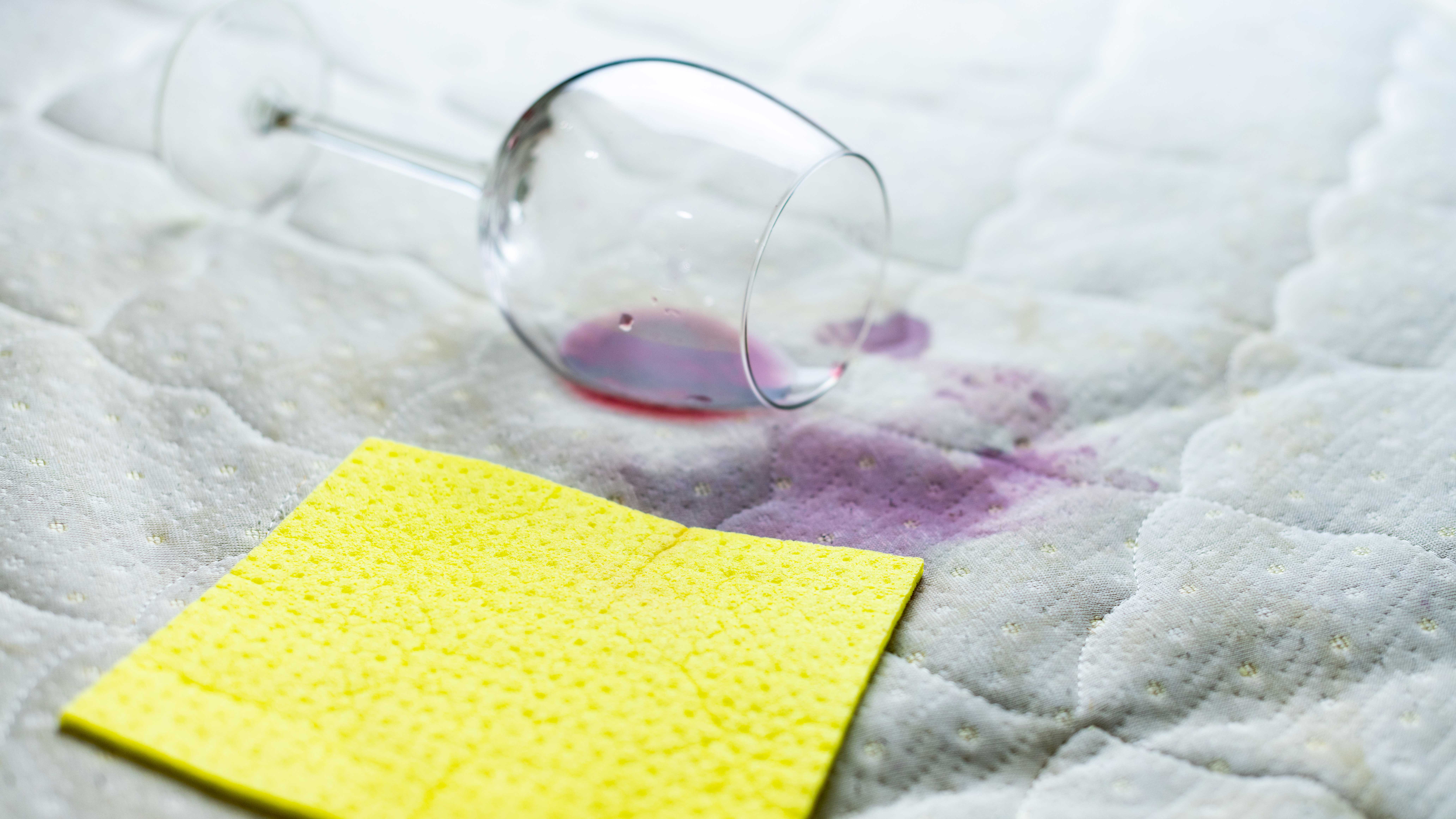
Your best bet when it comes to dealing with a recent spill is to clean the mattress as soon as the accident occurs (or when you first notice it). Whether it's coffee or tea in the morning, baby formula spit-up, urine, blood or any other culprit, you have a much better chance of removing the stain from your mattress if you treat it as soon as possible.
A few towels
White vinegar
Water
Spray bottle
Baking soda
Vacuum
Laundry detergent
For most stains, you can follow the process here using a diluted fabric cleaner, mild detergent or natural solution. You can make your own by mixing liquid dishwashing soap or white vinegar with water and adding the mixture into a spray bottle (we cover this process in the steps below).
If it's a biological stain, such as blood, urine or vomit, make sure the solution is enzyme-based - this will break down the proteins in the stain and make it easier to remove. We've covered some homemade solutions for those in the stubborn stains section further down the guide - scroll down to the section you need (urine, blood and so on), and then follow this process with the appropriate solution.
Alternatively you can buy an off-the-shelf enzyme-based spot cleaner, such as Rocco & Roxie Stain & Odor Eliminator, and use the method here with that instead.
Whichever solution you use, remember that mattresses aren't meant to get wet - they risk growing mold if they do (particularly memory foam mattresses) - so never pour water on them to clean them. Instead, once you've soaked up any excess liquid, you'll need to spot-clean the spill with a stain remover, ideally applying the solution to a damp cloth rather than directly to the mattress, and gently blotting the affected area. With that in mind, here's how to clean a mattress after a recent spill.
1. Strip the bed and wash the bedding
Soak the bedding in a water-activate formula such as OxiClean Versatile Stain Remover for one to six hours; or apply a spot treatment like OxiClean Max Force Gel Stain Remover for half an hour. Then put the bedding into the wash with a stain-fighting laundry detergent, such as Persil ProClean Stain Fighter.
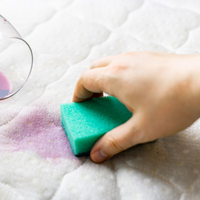
2. Blot excess liquid from the mattress
Treat the spillage quickly. Grab a clean cloth or paper towels, and gently blot the liquid to soak up as much as possible. Don't rub or scrub it - if you do, you may push the liquid further into the mattress.
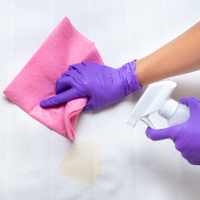
3. Spot-clean the stain
Now make a natural cleaning solution using one cup of white vinegar and one cup of water, and combine in a spray bottle. Spritz the stain and blot. You may need to allow the solution to sit on the stain for 10-15 minutes before blotting - just don't spray too much on. You don't want to soak the mattress.
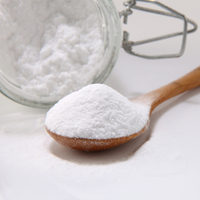
4. Sprinkle with baking soda
Next, sprinkle baking soda on the stain and let it sit for as long as possible (aim for at least eight hours). This will draw up any remaining liquid. Once the baking soda is dry, vacuum it using the upholstery attachment, and inspect the mattress. If any stains or odors remain, repeat steps 2-4 until they're gone.
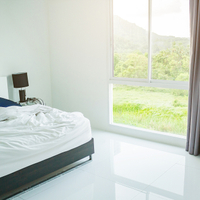
5. Air your mattress
If your home is not surrounded by allergens, open a window or two to air out the mattress. If your mattress is light enough and you have the space, you could let the mattress air outside on a sunny day so that the sunshine helps kill mold spores.
How to clean your mattress: stubborn stains
If you like to spend a lot of time in your bed - we don’t blame you when are sleeping on one of the best memory foam mattresses - accidents will likely happen. That could be coffee or tea spills in the morning, wine stains when lounging in bed and watching TV, as well as sweat, vomit, urine, and dog or cat urine. Yep, when the party’s in your bed, anything can (and does) happen.
As always, the best advice is to treat an accident as soon as it happens. If you're dealing with a fresh stain, jump up to the recent spills section and follow the process there. But if you're treating a dried or particularly stubborn stain, you're in the right place. Read on for how to clean urine, blood and more from a mattress...
How to remove urine stains from a mattress
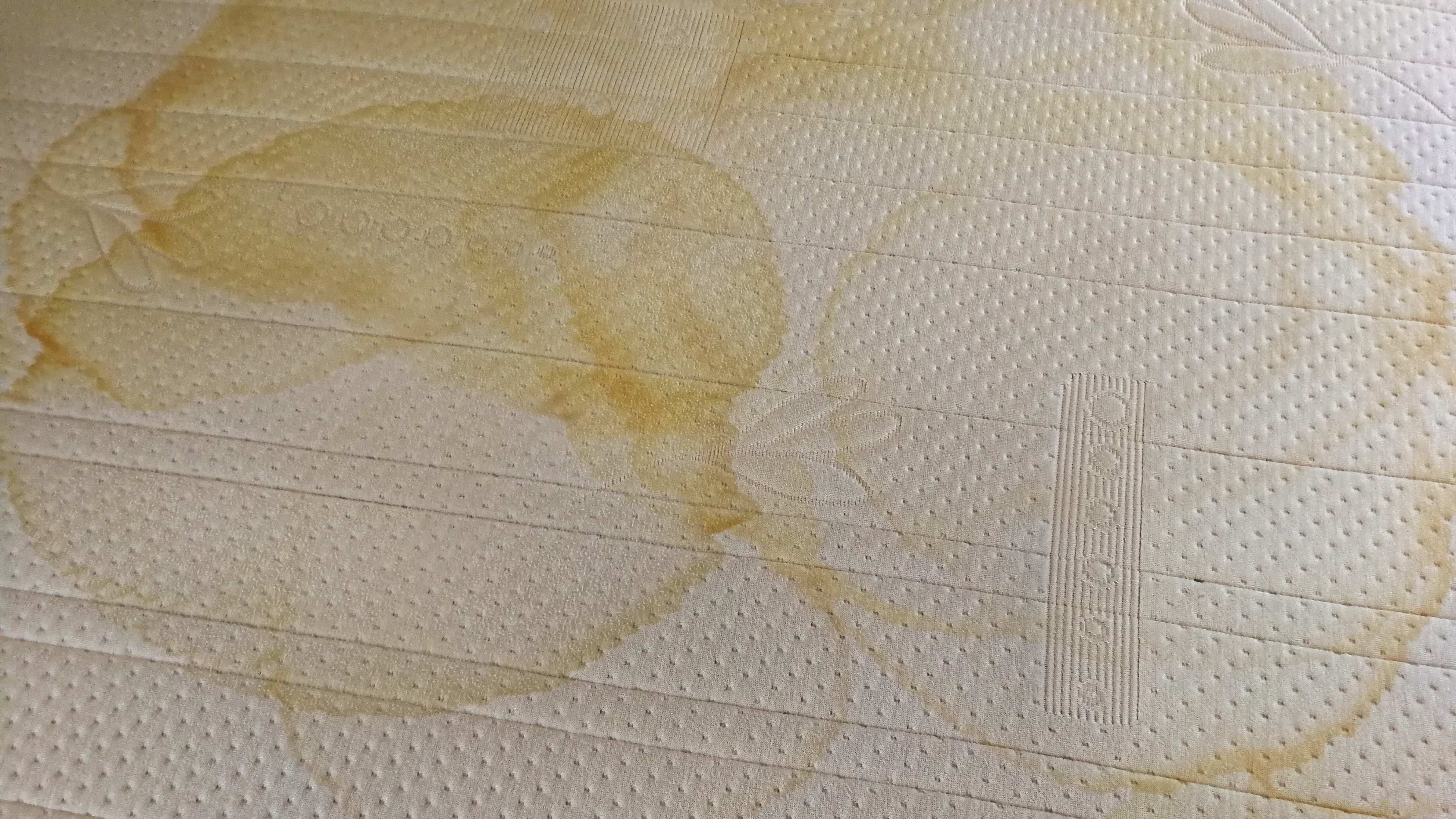
Whether you have little ones or let pets sleep in your bed, learning how to remove urine from a mattress is a life skill you’re going to want to have. The good news is that it doesn't have to be complicated or cost a lot of money.
Empty spray bottle
White vinegar
Water
Hydrogen peroxide
Baking soda
Liquid dishwashing soap
Vacuum
A few towels
However, you'll need to use a slightly heavier cleaning solution for dried urine than we covered in the recent spills section. Hydrogen peroxide is an oxidizing agent that changes the chemical compound of urine by breaking down the part of the molecule that absorbs visible light and colour.
It's very effective, but it can bleach some materials and it may slightly damage memory foam, so use it sparingly, and consider testing it on a small area before using it on larger stains. You can buy hydrogen peroxide from most household stores, or from Amazon - Essential Oxygen Food Grade Hydrogen Peroxide is one of the retailer's most highly rated products.
Alternatively, for really stubborn urine stains, use an enzyme-based spot-cleaning product that's specifically designed to treat human or pet urine, such as Woolite Pet Stain and Odor Remover. Here's how to remove dry or stubborn urine stains from a mattress with hydrogen peroxide...
1. Make a natural cleaning solution
Mix eight ounces of hydrogen peroxide, three tablespoons of baking soda, and two-four drops of dish soap or liquid laundry detergent in a bowl. Add the mixture to an empty spray bottle.
2. Spritz the urine stain
Spray the stain until it's damp but not soaking. Let the mixture sit long enough until it has dried. A layer of baking soda residue will form after four-six hours.
3. Vacuum the mattress
When it's dry, vacuum the dried baking soda from the mattress, making sure you work into any crevices or folds. (Make sure it is dry, otherwise it could damage your vacuum cleaner.)
4. Check the mattress
If there are any lingering stains or odors, repeat steps one to three. Rinse your bottle out when you've finished.
How to remove sweat stains from a mattress
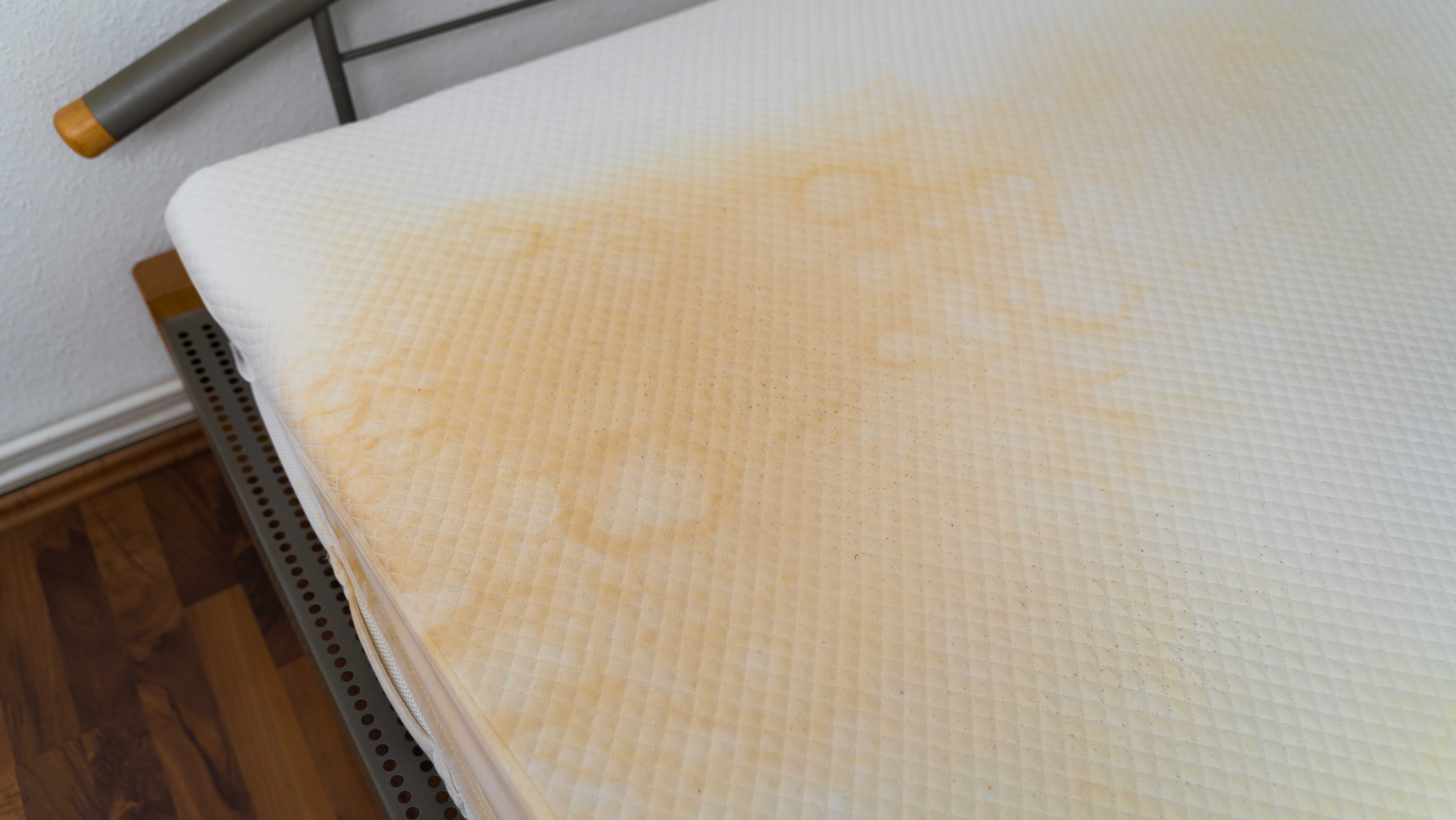
You sweat while you sleep, and over time all that body oil can leave its mark on your beloved mattress. (If your mattress is a few years old and hasn’t been cleaned in a long time, some of those yellow stains could be due to aging, too.) Luckily, there are a number of ways to clean a yellow-stained mattress.
Hydrogen peroxide
Liquid dish soap
Spray bottle
Water
Clean rags
In the first instance, try just adding baking soda to the stain - gently rub it in, leave for 15 minutes, and then vacuum.
If that doesn't work, you'll need a stronger solution. As with the technique we covered for treating urine stains above, this method uses hydrogen peroxide, which is very effective but can bleach some materials, so use it sparingly, and consider testing it on a small area of the mattress before using it on larger stains.
Alternatively, use an enzyme-based spot-cleaning product, such as Woolite Pet Stain and Odor Remover - again, test it on a small area first. Here's what to do...
1. Create a cleaning solution
Mix one cup of hydrogen peroxide with one cup of warm water, and between one quarter and one third of a cup of liquid dish soap. Add the solution to a spray bottle.
2. Spray the stain
Spritz the stain and let it sit for 20 to 30 minutes. You may need to work the mixture in with a cloth or brush.
3. Blot with water
This will remove the cleaning solution, being careful not to soak the mattress. Then let the stain air dry. After this assess the area - if any stain remains, repeat steps one to three.
How to remove blood stains from a mattress
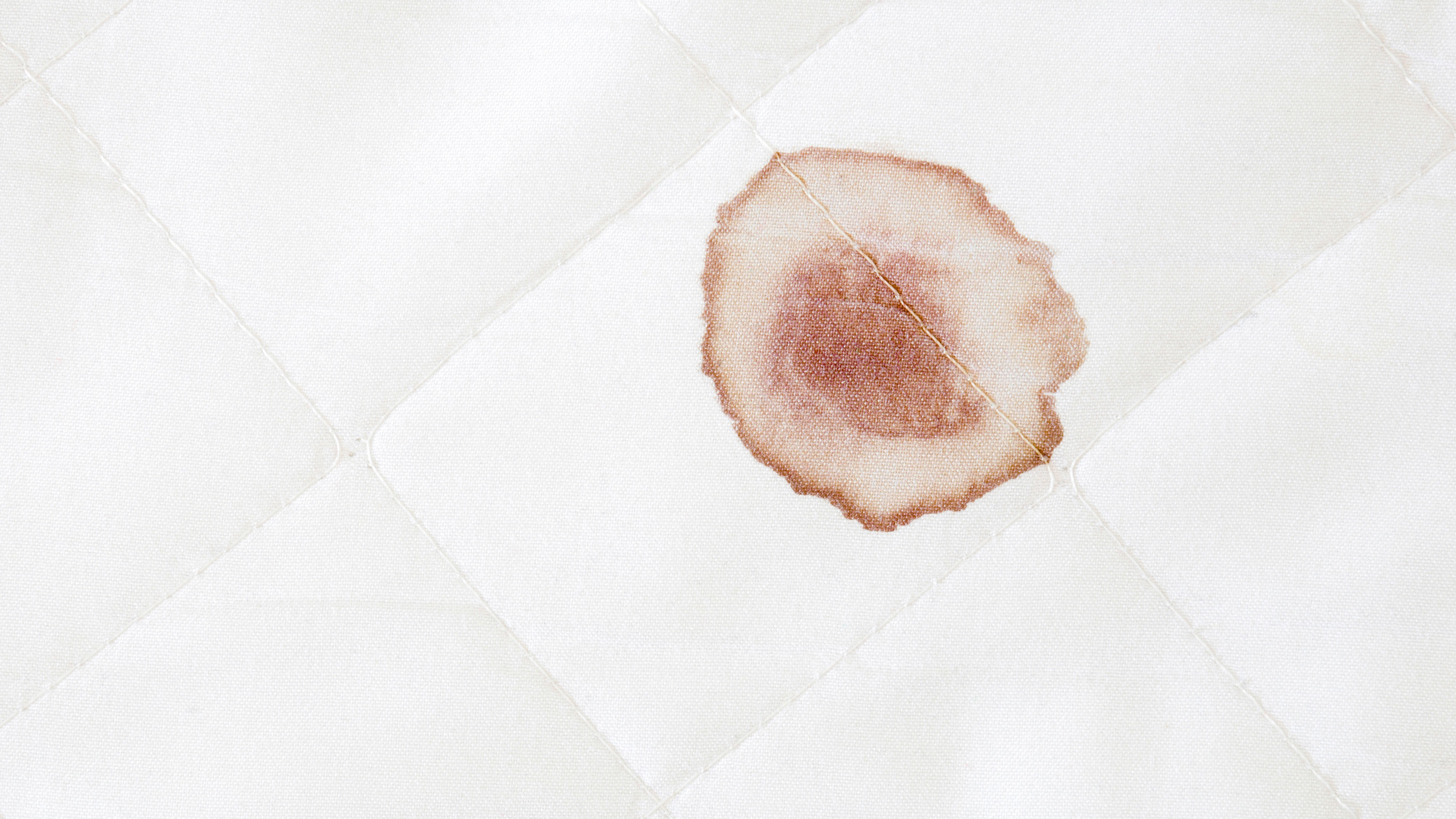
There’s a good chance you’re going to have to scrub blood out of a mattress at some point in your life. As with all stains, addressing blood marks as quickly as possible will improve the chances that you’re able to remove it.
Cold water
Meat tenderizer powder
Old toothbrush
Clean cloth
Two bowls
Spoon
If the bloodstain is small and hasn't set, you might be able to use a cold water, vinegar and baking soda solution, as mentioned above, and let it sit for at least 30 minutes. But for tougher blood stains, try the method below.
Top tip: never use hot water on blood stains - it effectively cooks the proteins in the blood, locking in the stain. Only use cold water, which will dissolve the blood. If the blood stain is very new, dabbing it with a cold water-soaked cloth may be enough to remove the mark from the mattress.
1. Create a meat tenderizer paste
Combine one tablespoon of a meat tenderizer powder, such as McCormick Unseasoned Meat Tenderizer, with two teaspoons of cold water to form a paste in a bowl. The enzymes in the meat tenderizer will break down the proteins in the blood stain when it's applied.
2. Rub it over the blood stain
Apply the mixture to the bloodstain on the mattress and let it sit for at least 30 minutes. This gives the paste time to break down the proteins.
3. Work at the stain
Now use a toothbrush and bowl of clean, cold water to scrub the stain until it's gone. When you're happy, blot the area with a clean cloth to remove any excess cleaner. If the stain is larger, you could use a bigger brush or vacuum the residue away instead.
How to remove coffee, tea and wine from a mattress
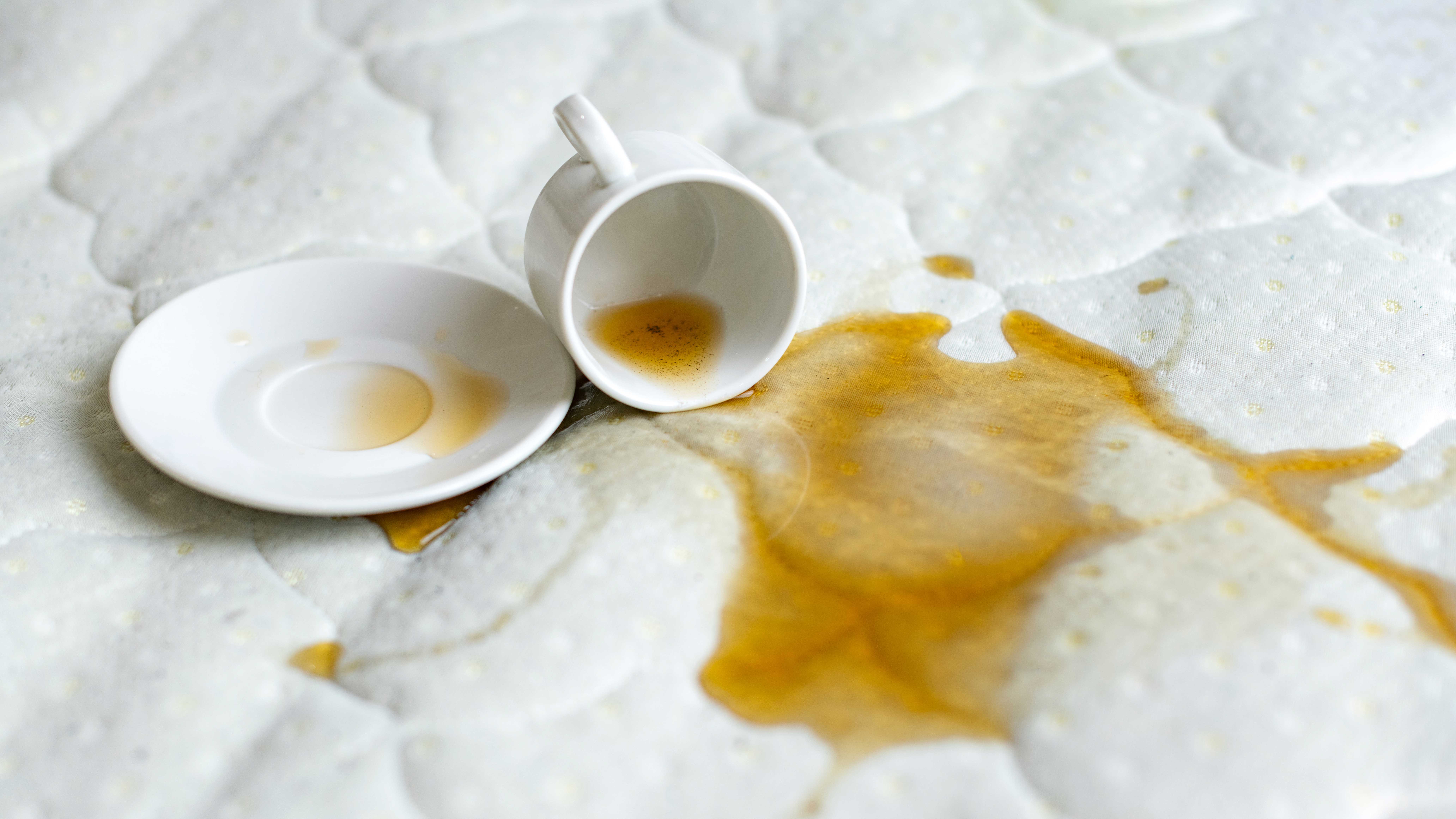
To remove non-biological stains such as coffee, tea or red wine (or any other food or beverage accidents), you can undo a lot of the initial damage by blotting the spillage away as soon as it occurs, dabbing cold water on the area and sprinkling a generous layer of salt over it to absorb the liquid.
Laundry detergent
White vinegar
Water
Old toothbrush
Clean cloth or sponge
After a few minutes, gently rub the salt into the stain (don't scrub), and then blot dry with a clean cloth, and vacuum the mattress. Alternatively, baking soda works with this method too.
However, to remove older or tougher food or drink stains, try the following method.
1. Mix a non-chemical solution
Combine one part laundry detergent, one part vinegar, and 10 parts water in a spray bottle.
2. Spray the stain
Mist the stain (don't soak it) and brush the area very gently with an old toothbrush. Then allow it to sit for 10-15 minutes.
3. Blot gently
Blot the stain with a damp sponge or towel; then blot with a dry towel or cloth to remove any excess liquid. Inspect the mattress and repeat steps two to three as necessary.
How to clean a mattress: Yellow stains
Yellow stains on your mattress can be unsightly and embarrassing but they’re actually a common issue that most people have to deal with.
These yellow stains are often caused by the build-up of sweat, natural body oils, urine and other bodily fluids that seep into the mattress fabric over time.
Vacuum cleaner with upholstery attachment
Spray bottle
White vinegar
Baking soda
Hydrogen peroxide
Mild detergent or dish soap
Clean cloths or paper towels
Whilst it may seem like you’ll have to dump your mattress and buy a new one, there is a way that you can remove these stains and bring your mattress back to its former glory. Yellow stains over time can damage the mattress fibers causing the bed to breakdown.
They can also become a breeding ground for bacteria which could lead to mattress mold and mildew growth. Follows these steps to remove yellow stains from your mattress:
Step 1. Vacuum your mattress: Before you start you should strip your bed and vacuum the surface of your mattress. This will remove any dust, dirt, dead skin cells and other debris. Always use an upholstery attachment as this will ensure you don’t damage the fabric.
Step 2. Create a cleaning solution: Mix together equal parts of water and white vinegar before adding a few drops of mild detergent. We would recommend that you use a spray bottle for this as it ensures an even covering and your mattress won’t get too wet. If the stains are tough then add an equal part of 3% hydrogen peroxide to the mix.
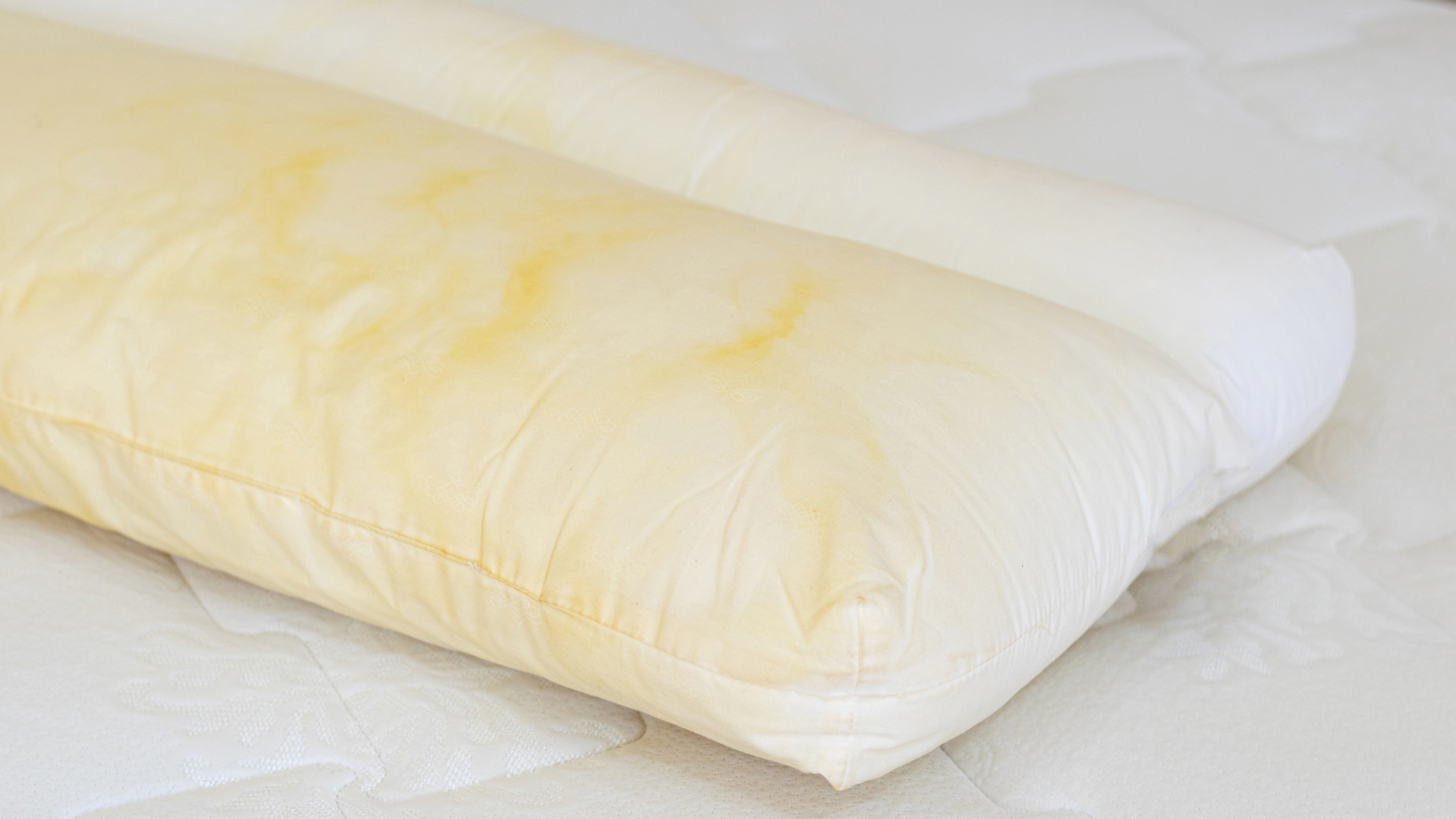
Step 3. Apply the solution: Spray the solution over the stains. Be careful not to oversaturate the mattress, remember you want it damp but not soaking wet. If the mattress does get too wet, take one of your cloths or paper towels and just blot the excess moisture. Leave this to sit for around 15 minutes before moving on the the next step.
Step 4. Blot the area and add baking soda: Taking your clean cloth, blot the stained area until your cloth comes back dry. You may find you need to repeat this step several times to really lift stubborn stains. Next, sprinkle a layer of baking soda over the surface. Leave this to sit for a couple of hours until dry, the longer you can leave it, the better. You may notice that it starts to bubble slightly but that’s just the baking soda working with the white vinegar and hydrogen peroxide.
Step 5. Vacuum again before leaving to dry: Once the baking soda is dry and has been on the bed for a few hours, you need to vacuum the surface again. Go over the surface a couple of times to ensure you got all the baking soda lifted and then leave to air dry fully before remaking your bed.
How to clean your mattress: remove odors and oils
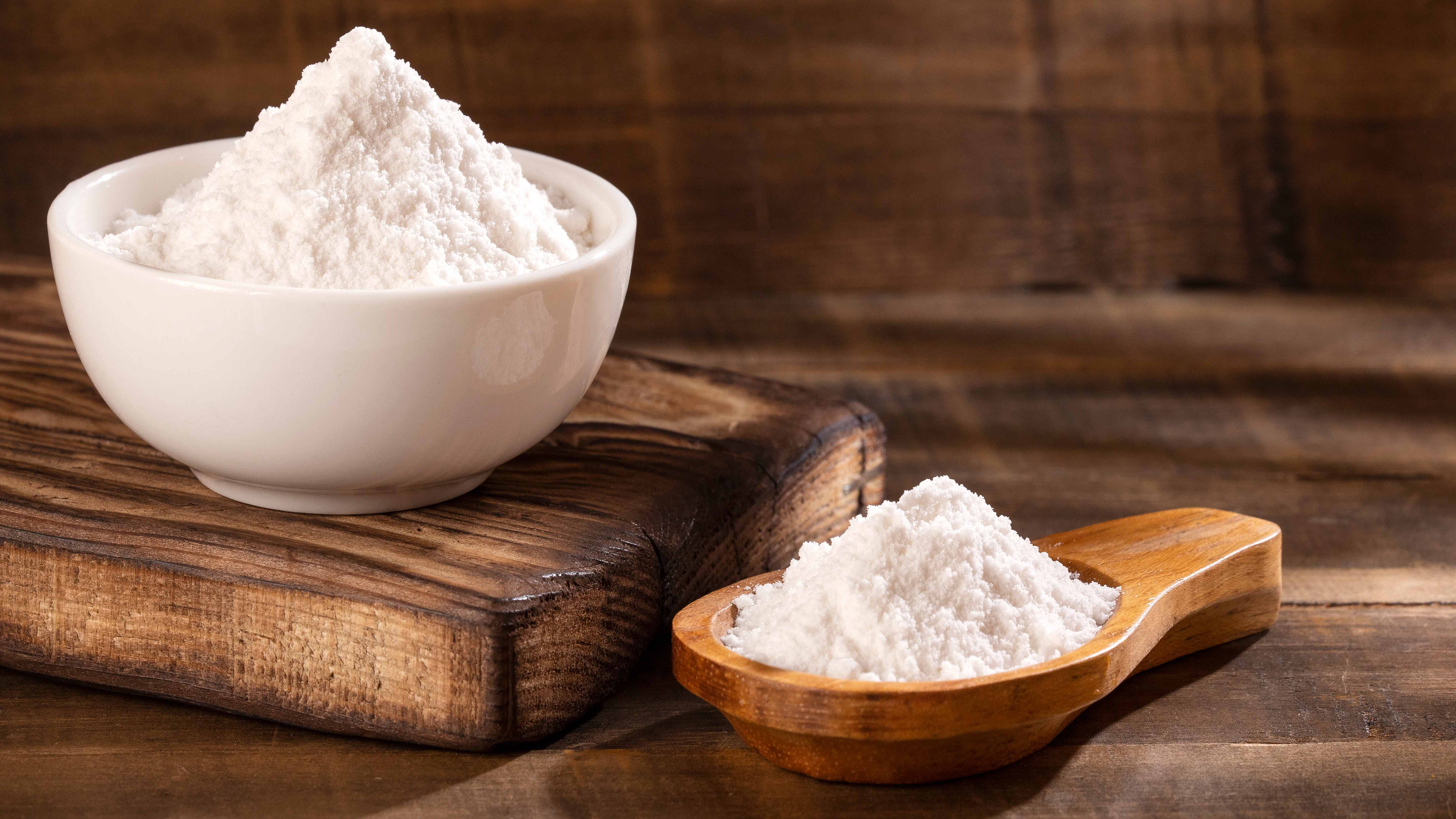
The kitchen staple baking soda will be your friend when it comes to removing odors from your mattress. Corn starch is another tool that will absorb body oil, which could be another reason why your mattress smells.
Baking soda
Vacuum
Corn starch (optional)
Essential oils (optional)
1. Deodorize with baking soda
The simplest way to deodorize a mattress is to sprinkle baking soda over it and let the powder sit for at least 30 minutes - preferably for a few hours - before vacuuming the mattress with a (clean) upholstery attachment.
2. Remove body oils with corn starch
Attack body oils by mixing a few tablespoons of corn starch, such as Clabber Girl, with one cup of baking soda before sprinkling it on the mattress. You could also add five to 10 drops of a favorite essential oil, such as Artizen Essential Oils, to the mixture before shaking it on your bed for a pleasing scent that should last a few days.
How to clean your mattress: dust mites
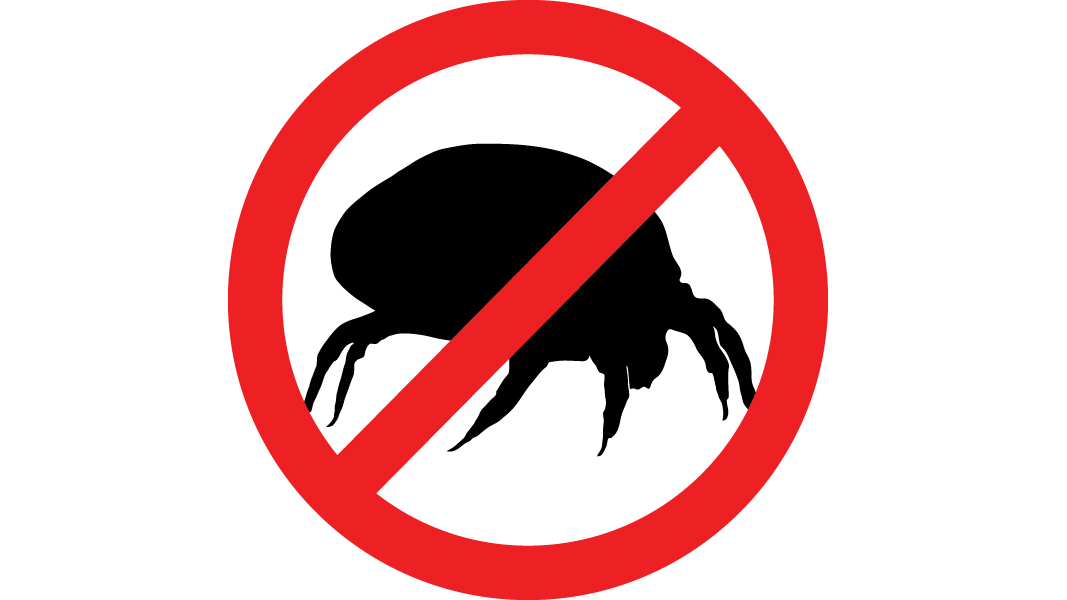
Dust mites are microscopic pests that feed on the dead human skin cells found in dust. They're not parasites, but their feces contains allergens that can make you sneeze and causes breathing troubles for those with asthma.
Dust mites thrive in mattresses, bedding, upholstered furniture and carpets, and prefer warm, humid environments. No matter how clean your home is, they can't be totally eradicated - but you can reduce them, and you don't need professional help.
The best way to reduce dust mites is to clean your mattress, bedding and bedroom regularly. Wash all sheets, blankets, pillowcases and bedcovers in hot water set to at least 130 degrees Fahrenheit (54 C) to kill dust mites and remove allergens. Make sure you use the highest setting on the dryer as well.
It's also a good idea to use a mattress protector to limit exposure to dust mite feces. In addition, you could invest in a dehumidifier (we've curated the best dehumidifiers elsewhere on the site) and keep the humidity at less than 50 per cent to prevent dust mites from multiplying.
How to clean your mattress: bed bugs
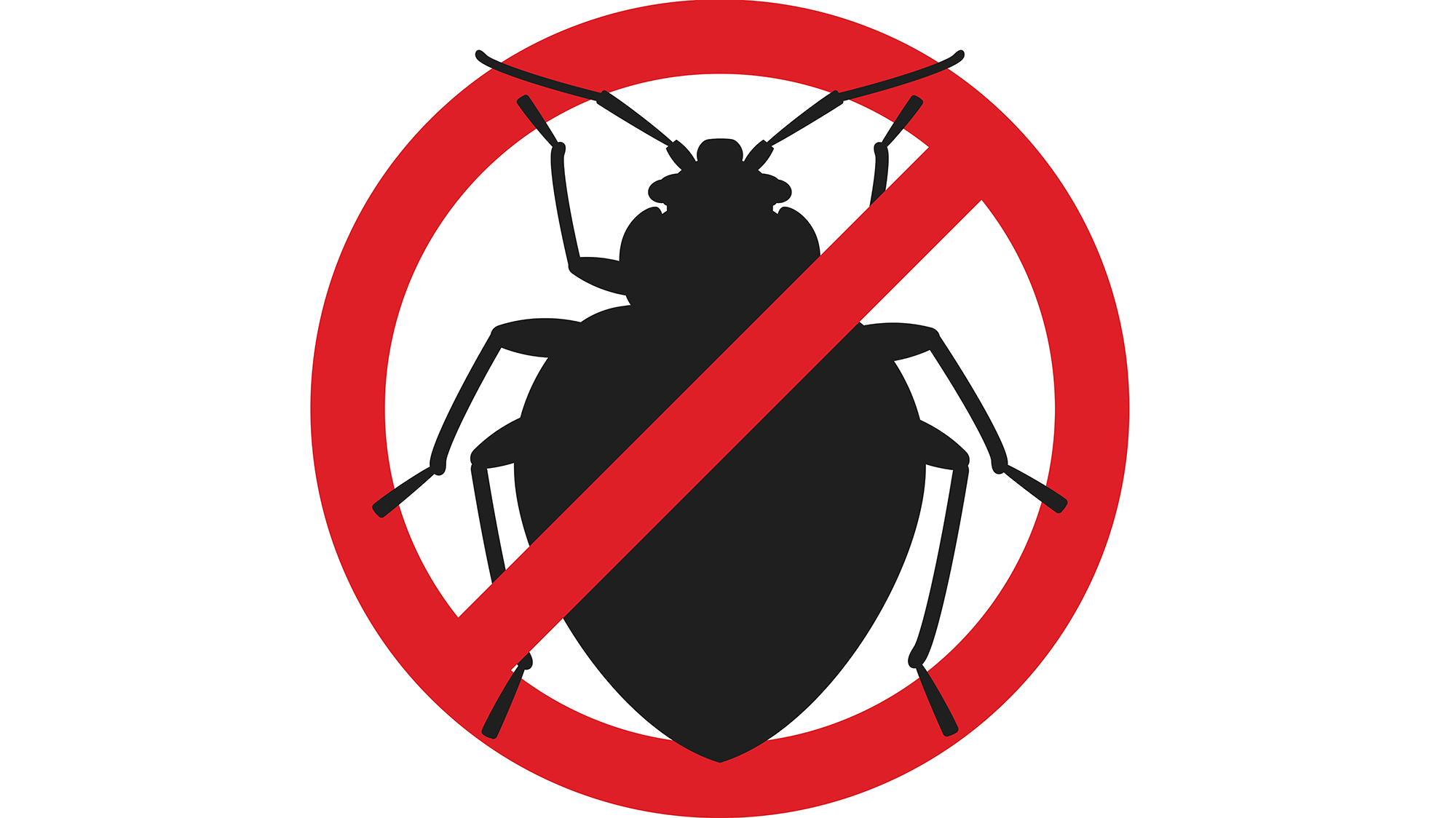
If you suspect you have bed bugs, we suggest seeking professional help from a bed bug extermination company to get rid of them and the eggs they left in your home. Bed bug removal is a serious undertaking and you’re going to want to make sure you get rid of them once and for all.
The professional will likely attack the bed bug situation with a commercial steamer with an output of at least 200 degrees Fahrenheit. You could purchase these high-temperature steamers yourself for home use to kill bed bugs and their eggs (for example, Amazon sells the Dupray Neat Steam Cleaner Multipurpose Heavy Duty steamer) or buy sticky traps to catch bed bugs (such as the Trapper Max Glue Traps). But the traps won’t help with the eggs waiting to hatch in your mattress. So while there are a number of products out there to help address bed bugs, we recommend finding a professional who will exterminate them properly.
Here's a more thorough look into how to get rid of bed bugs.
How to clean your mattress without a vacuum
If you don't have a working vacuum cleaner, fear not. You don’t need to vacuum your mattress in order to get it clean. The spot treatment method for sweat stains, above, will address yellowing, for example. You can also use a steam cleaner to kill dust mites and bacteria - just make sure it gets to at least 200 degrees Fahrenheit. Steam cleaners can be bought online, or rented from a company like Lowe’s or Home Depot if you don’t want to store it.
1. Buy or rent a heavy-duty steam cleaner
You'll find a wide range of steam cleaners for sale on Amazon, such as the McCulloch MC1275 heavy duty steam cleaner, or you can rent one from a store like Lowes or Home Depot. Make sure it comes with accessories.
2. Strip your bed
Throw all bedding in the laundry, and use an everyday odor-fighting detergent to clean it, such as Arm & Hammer Plus OxiClean Odor Blasters Fresh Burst.
3. Address any stains, either using a natural solution...
Mix one cup of hydrogen peroxide with one cup of warm water, and between one quarter and one third of liquid dish soap. Add the solution to a spray bottle. Spritz the stain and let it sit for 20 to 30 minutes. Then blot with water and let the mattress air dry.
4. ...or by using a steam cleaner
Follow the directions on the steam cleaning machine for how to use it.
5. Allow the mattress to dry for at least four hours
Open a window or point a fan towards the bed to speed up the drying process.
How to clean your mattress: With hydrogen peroxide
Making sure that your mattress is clean and hygienic is essential for a healthy sleep environment and hydrogen peroxide can be an effective way to achieve this.
This common household disinfectant is great for removing stains, killing bacteria and eliminating odors from your mattress.
Vacuum cleaner with an upholstery attachment
Baking soda (optional)
3% hydrogen peroxide solution
Distilled water (optional)
Spray bottle
Clean cloth or paper towels
Gloves
Hydrogen peroxide has oxidizing properties, which make it excellent for breaking down organic stains like sweat, blood and urine.
However, when it comes to cleaning your mattress with hydrogen peroxide, it’s important that you do it safely. The key is using 3% hydrogen peroxide which is safe for household cleaning.
Before starting the cleaning process, always do a small patch test somewhere inconspicuous to ensure that it won’t damage your mattress fabric. And always use hydrogen peroxide in a well-ventilated space.
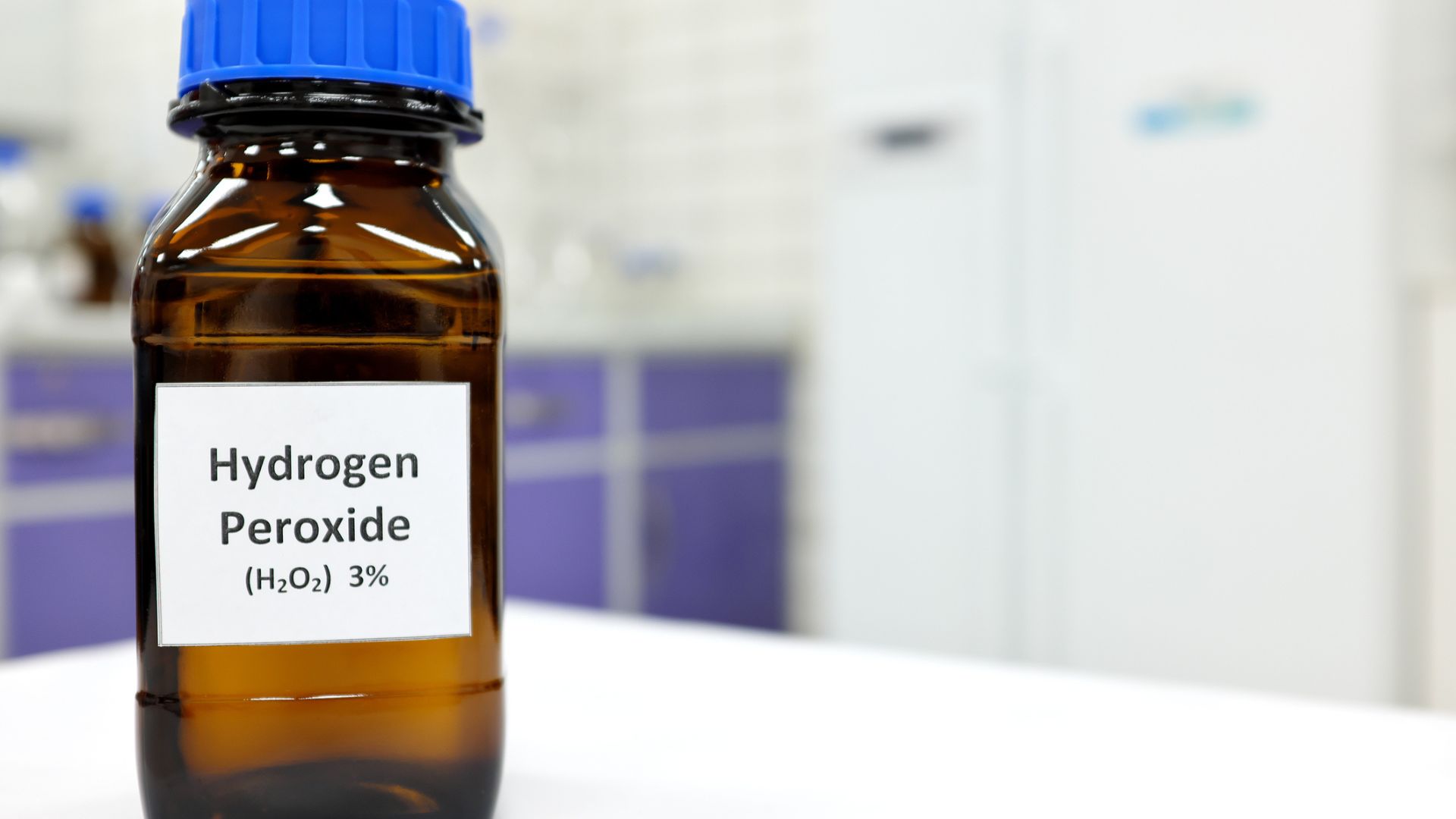
Follow these steps:
Step 1. Strip the bed and vacuum: Strip all your bedding, including mattress protectors and pop them in the wash. If you’re trying to tackle yellow stains on pillows then you may find it useful to add a cup of hydrogen peroxide into the wash, this will help break down stains and kill any lingering odors. Next vacuum the entire surface of your bed using the upholstery attachment, pay special attention to the seams and tufts where dirt tends to settle.
Step 2. Prepare your solution: When working with hydrogen peroxide we recommend wearing gloves as it can sometimes cause skin irritations, especially if you have sensitive skin. Using a clean spray bottle, mix together equal parts of hydrogen peroxide and water. It’s best to use distilled water as this won’t leave behind any water marks or stains like tap water can. Now perform your patch test, leave the solution to rest for around 15-20 to see whether any discoloration occurs. If it doesn’t, move on to the next step.
Step 3. Work the stain: Spray the stain in a circular motion. Using a spray bottle is best as this means you won’t risk oversaturating the mattress but you’ll still be able to get it wet enough that it’ll lift the stains. Leave the solution to rest for around 20 minutes before blotting away any excess moisture with a clean cloth. You can repeat this step as many times as you need to ensure that the stain lifts, but just be mindful not to get your mattress too wet as you don’t want to create a breeding ground for mattress mold or mildew.
Step 4. Add baking soda: If you want to get rid of any lingering odors, then add a light dusting of baking soda over the surface of the mattress after you’ve applied your solution. Using a soft bristle brush, gently work the stain in a circular motion. Leave this for at least 30 minutes to dry — the longer you can leave it, the better.
Step 5. Vacuum the mattress and leave to dry: Once your hydrogen peroxide has been left to work its magic, then you need to vacuum the surface of your mattress again. This is really important if you’ve undertaken the baking soda step as you need to make sure it's all removed. Go over the surface of your mattress at least twice to make sure that you get full coverage and then leave your mattress to airdry before re-adding your bedding. You can speed this up by opening up the windows or using fans.
How to clean your mattress professionally
Sometimes it's just easier to get the professionals in. To have your mattress cleaned professionally, search for a professional mattress cleaning company in your area, looking for good reviews and recommendations from customers. Most companies will only clean spring mattresses and not memory foam mattresses, since those should not get wet.
The cost of the mattress cleaning service will depend on the size of your mattress, where you live, and the company. However, as a benchmark you can expect to pay between $75 and $200 for a professional mattress cleaning service.
Here’s what the process for booking a professional mattress cleaner might involve, plus some tips and tricks for getting the most out of the service:
- If you can, schedule an appointment for earlier in the day since it might take eight hours for the mattress to dry.
- Remove bedding and pillows before the professionals arrive.
- Clear an area around the bed so technicians can maneuver about the room.
- The professional will inspect the mattress and foundation, noting stains to address alongside the general clean.
- Usually a professional cleaning involves vacuuming, spot treatment of stains, followed by steam cleaning or dry-steam cleaning. Some companies use additional techniques like UV light or infrared heat services to kill dust mites.
How to keep your mattress clean for longer: tips
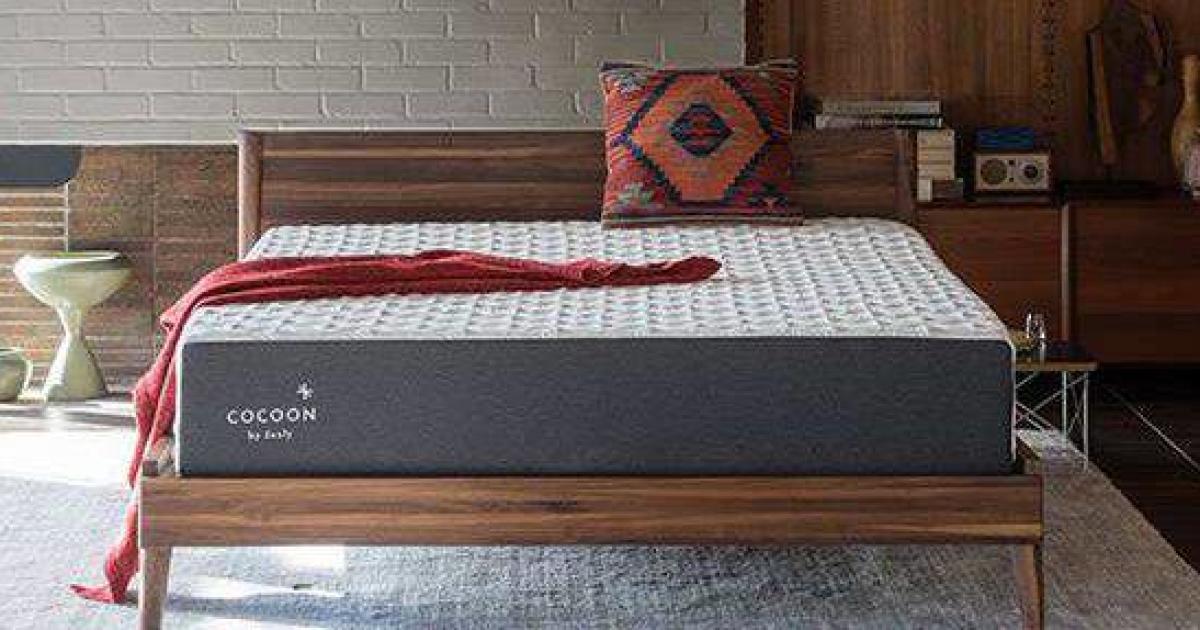
We've covered how to clean your mattress in depth in this guide, but the real trick is to keep your mattress clean on a day-to-day basis. This will help it last beyond its warranty, and ensure it looks and smells as good as possible for the next few years. The following tips will help you take care of your mattress, and keep it in a good condition for longer.
- Always address fresh stains right away.
- Launder bedding in hot water weekly.
- Inspect your mattress and foundation often. Look for signs of bed bugs as well as aging stains, spots or problems.
- Vacuum your mattress at least twice a year during a deep clean.
- Flip your mattress every six months or rotate it 180 degrees to prevent indents.
- Always use a mattress protector to minimize exposure to dust mites and to help prevent spills and accidents from becoming mattress stains.
- Note any rips, sagging, lumps or problems and address them with the manufacturer as soon as you see them. Your mattress may be under warranty and available for replacement; or, some companies might send out a representative to take a look.
Cleaning your mattress: FAQs
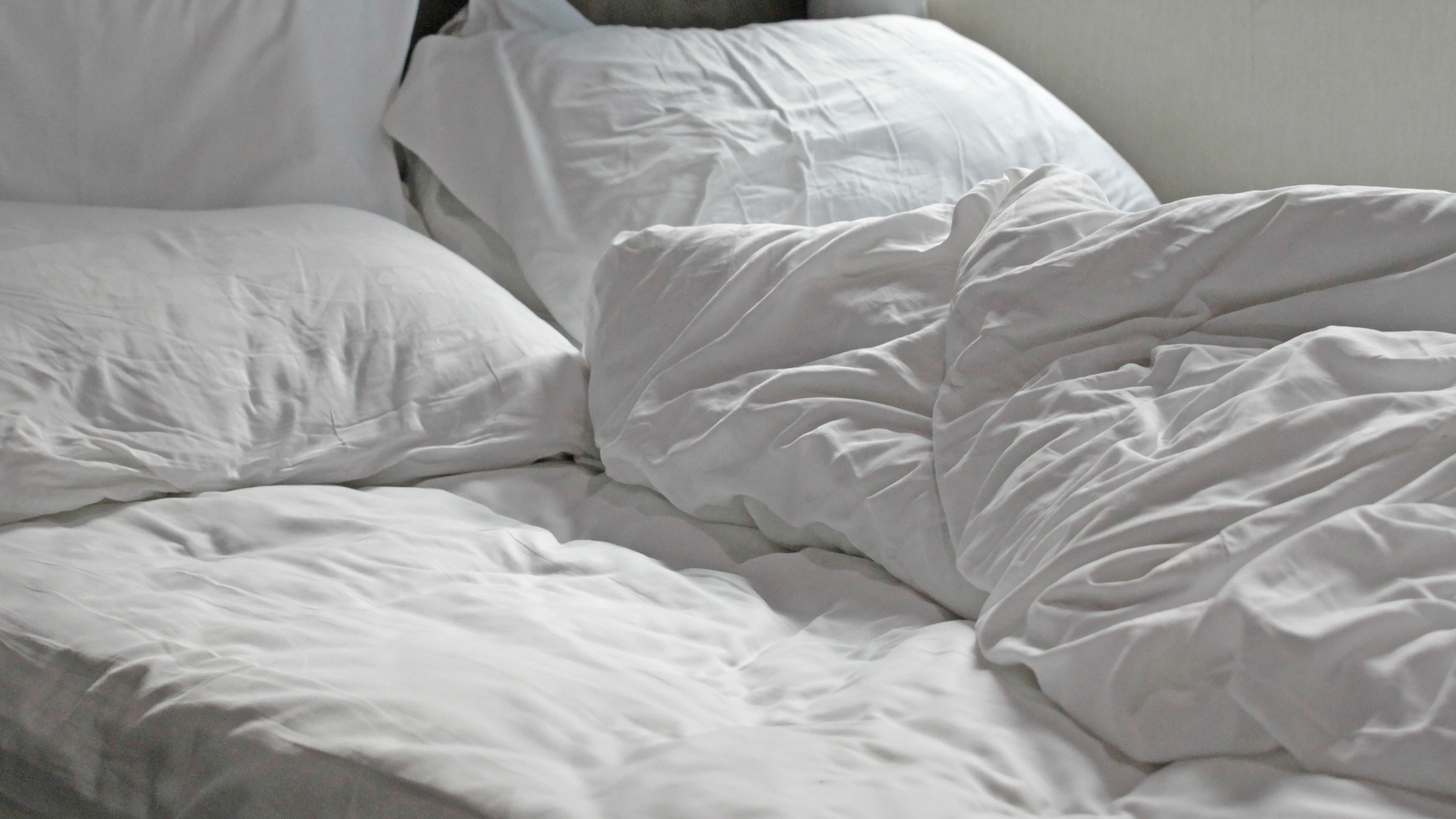
Why should you clean your mattress?
You should clean your mattress because it’s teeming with dust mites that could cause allergy symptoms, and harboring bacteria from sweat and body oils as well as other bodily fluids; and because you want to make the mattress last as long as possible. You shelled out good money for a mattress, so do your best to keep the mattress in tip-top shape for as long as possible.
How often should you clean your mattress?
You should clean your mattress twice a year - you might find it helpful to remember around the Daylight Saving clock changes. Dust mites and mold build up over time and should be tackled with this frequency. Cleaning your mattress every six months can also help prevent sweat stains from permeating the mattress.
What's the best mattress cleaner?
The best mattress cleaner depends on the issue you're trying to address. If you're doing a regular clean, a vacuum cleaner and baking soda is all you need.
If you're dealing with a fresh spill, or an older or tougher stain, there are plenty of natural solutions you can make to clean a mattress using typical household ingredients - baking soda, white vinegar and water - and you can also add hydrogen peroxide for a stronger solution. We've covered the best techniques in the recent spills and stubborn stains sections.
However, if your mattress is prone to accidents - say, if you have a young child or pet - it's a good idea to buy an off-the-shelf enzyme-powered spot cleaner to keep in your cupboards.
We'd recommend Rocco & Roxie Professional Strength Stain & Odor Eliminator - it's an Amazon best-seller (with over 40,000 positive user reviews) and although it's aimed at pets, it works just as well for human-related accidents. There's also Bissell Woolite Advanced Stain Remover, or Good Life Solutions Stain Remover, which is free of toxins, but there are plenty of others around.
What can I spray on a mattress to clean it?
Spray a pet cleaning and deodorizing product (sometimes called enzyme cleaners) or an upholstery cleaning product on your mattress to address stubborn stains. You can also spray a disinfecting spray on your mattress and box spring throughout the year, such as Lysol Disinfectant Spray in the Crisp Linen scent, for example.
What causes yellow stains on a mattress?
Yellow stains on your mattress are caused by sweat and oils from your body, and they build up over time if you don’t clean your mattress. They can also be caused by the general aging of the product - you might notice that an older mattress has more of a yellowish hue to it than a new mattress.
Caring for your mattress regularly will help prevent yellow stains. Clean it twice a year according to the steps above, always use a mattress protector to reduce dust, allergens and stains from impacting the mattress, and wash your sheets regularly.
You could add a soothing scent to your mattress by putting scented dryer sheets (Snuggle Exhilarations lavender and vanilla scent, for instance) under the mattress protector and replacing them weekly when you launder your bedding.
What if I can't clean my mattress?
Sometimes the damage is so great that you can't clean a mattress. If you have bed bugs and need help on how to safely dispose of your mattress, check out our guide to how to dispose of a mattress with bed bugs. Regardless of why, if your mattress has reached the end of its life, it's time to buy a new one. There's a lot of choice out there, but we can help: we spend a lot of time reviewing mattresses, and have compiled the best ones for all budgets in our best mattress guide.
- Does Goodwill take mattresses? Everything you need to know
- Here's how to get rid of fruit flies fast
- Want to know how to wash a pillow?
- Check out how to clean a microwave
Diana is a trained journalist and experienced editor in the health and wellbeing and lifestyle sectors. Diana has created content for a range of leading brands including Real Simple, Bloomberg, Headspace, and WebMD. For Tom’s Guide Diana currently focuses on sleep, mattresses, and fitness equipment.
You must confirm your public display name before commenting
Please logout and then login again, you will then be prompted to enter your display name.
